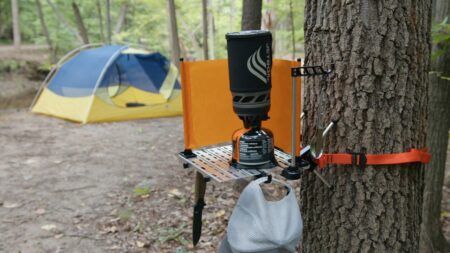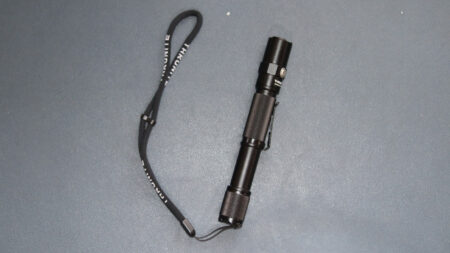Composting in home gardens can benefit the soil and nurture the next generations of produce, but we often neglect the idea. The Yield vermicomposting bin can someday reshape the way we use and dispose of organic waste through its efficient, tidier, and subtle design.
Designed by the Maven Design team – Delroy Dennisur and Hsuan-Tsun, the Yield bin is made to recycle the underutilized organic waste into a valuable resource.
Yield’s stackable and modular design allows you to scale your system as required. It comprises three units – a base unit, an add-on top bin, and a lid. The base vessel has perforated holes that allow easy entrance and exit of worms when the bin is partially buried underground. When the base unit is filled with compost, you can place the top bin on it to expand the bin size.
Also Read: Ben Cullis Watson Designs Smell-Free Taihi Compost Bin
Yield solves traditional composting problems by providing an in-ground solution, which is easy to use and minimizes user engagement. It reduces the amount of space required to compost, accelerates the composting process, and allows you to compost where needed most – in the garden.
You need to position the base of the bin in the garden bed and put in the soil, leaving the top flared section exposed. Then, put pre-moistened newspaper stripes in the base and add some compost before putting in the composting worms. Now, just add food scraps in and let the worms do their job. Once the base of the compost bin is filled, place the top bin on the interface points on the lower bin and repeat the process.
The worms quickly break down organic material and add beneficial microorganisms to the soil. When the waste breaks down into micro-components, it fertilizes surrounding vegetables and flowers without any user interference.
The Yield vermicomposting bin is the runner up at Home & Living Award Core77 Design Awards 2019.
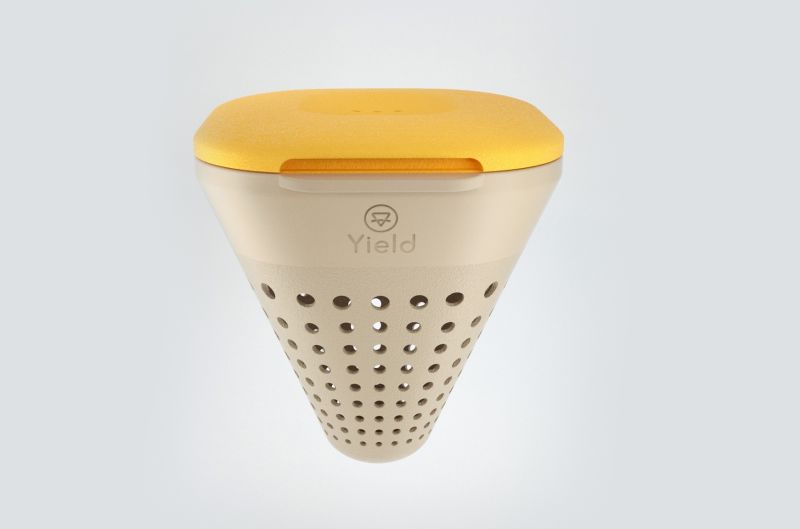
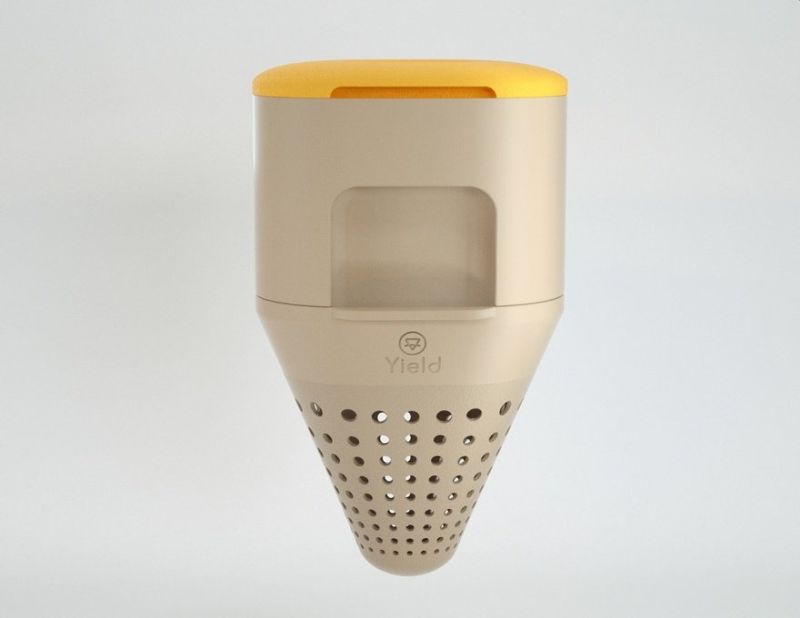
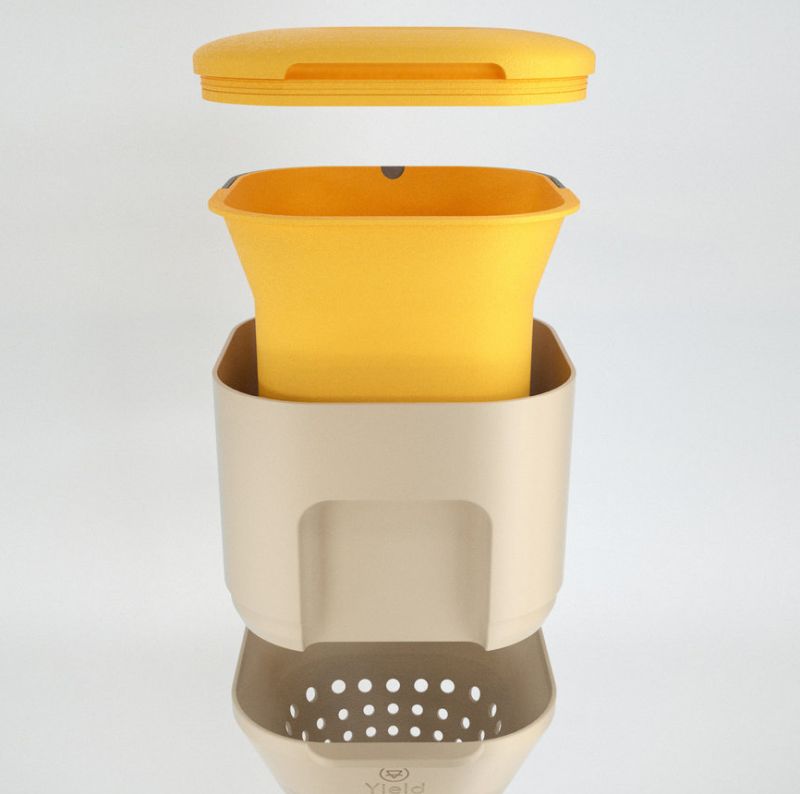
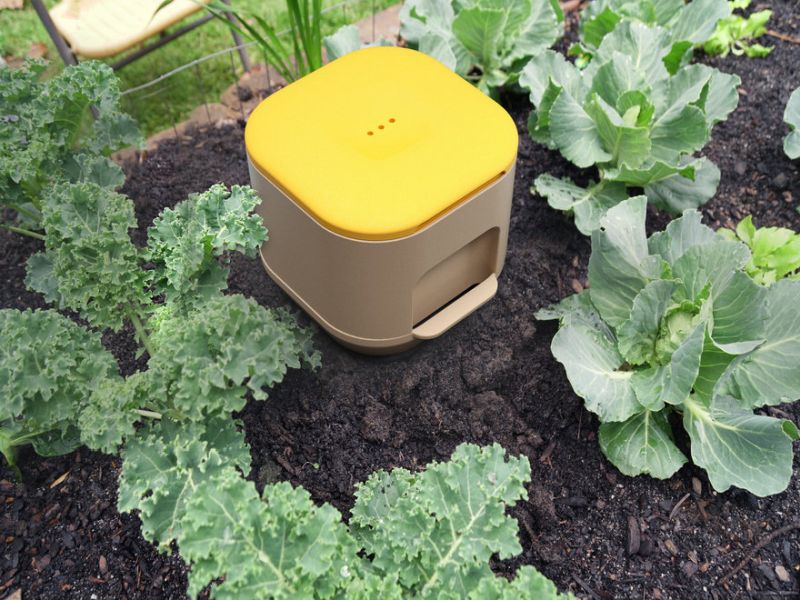
Follow Homecrux on Google News!


